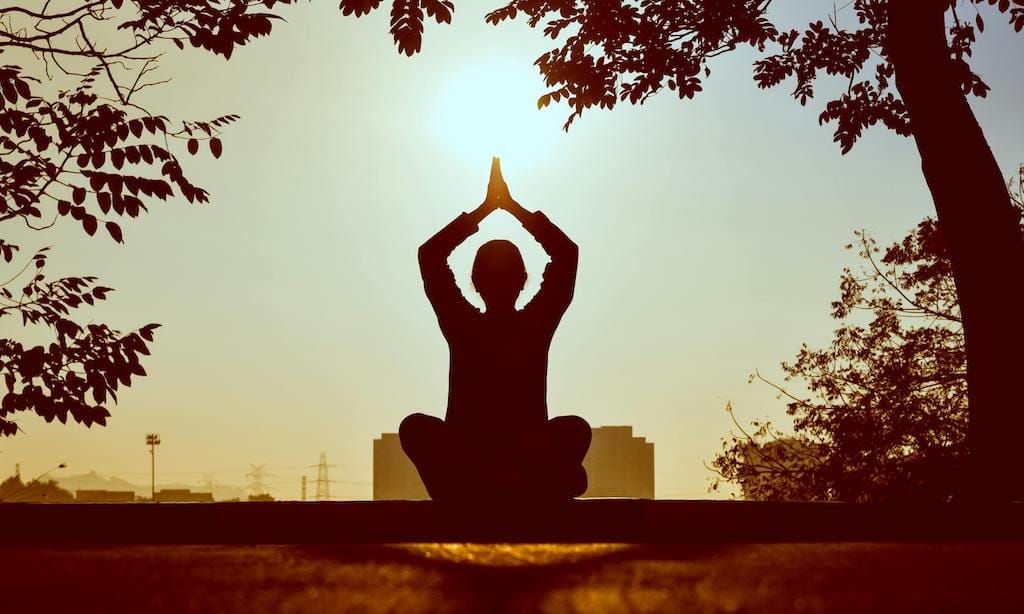Svara Yoga: Integrating Yoga and Indian Classical Music for Mind-Body Harmony

Svara Yoga is an ancient practice that harmonizes the body and mind through the synergistic integration of yoga and Indian classical music. This unique discipline combines the meditative and physical elements of yoga with the therapeutic and spiritual aspects of Indian classical music, offering a holistic approach to well-being. Understanding Svara Yoga requires delving into the principles of both yoga and Indian classical music, exploring how their convergence promotes mental clarity, emotional balance, and physical health.
The Foundations of Yoga
Yoga, a practice with roots stretching back thousands of years in India, encompasses a wide range of techniques aimed at achieving spiritual enlightenment, mental peace, and physical vitality. The primary elements of yoga include:
- Asanas (Postures): Physical exercises designed to improve flexibility, strength, and balance.
- Pranayama (Breath Control): Techniques to regulate breath, enhancing lung capacity and calming the mind.
- Dhyana (Meditation): Practices to focus the mind and achieve a state of deep inner peace.
- Mantras (Chants): Sacred sounds or phrases that aid concentration and spiritual growth.
The Essence of Indian Classical Music
Indian classical music, with its intricate ragas (melodic frameworks) and talas (rhythmic cycles), is deeply intertwined with spiritual and emotional expression. It is divided mainly into two traditions:
- Hindustani Music: Originating from North India, it emphasizes improvisation and the exploration of ragas in a free-flowing manner.
- Carnatic Music: From South India, known for its fixed compositions and complex rhythmic structures.
Both traditions use music as a means to evoke specific emotions (rasas) and states of consciousness, making it a powerful tool for emotional and spiritual healing.
The Concept of Svara in Indian Classical Music
In Indian classical music, “svara” refers to the individual notes that form the building blocks of a raga. There are seven primary svaras: Sa, Re, Ga, Ma, Pa, Dha, and Ni, which correspond to the Western solfège (Do, Re, Mi, Fa, Sol, La, Ti). Each svara carries a unique vibration and emotional quality, influencing the listener’s psyche and body.
Integrating Yoga and Indian Classical Music: The Practice of Svara Yoga
Svara Yoga seamlessly blends the principles of yoga with the therapeutic aspects of Indian classical music, leveraging the power of sound (nada) and breath (prana) to foster holistic well-being. The core practices of Svara Yoga include:
- Nada Yoga (The Yoga of Sound): Focuses on meditating on sound vibrations, using instruments like the tanpura, sitar, or vocal exercises to achieve inner harmony. By concentrating on the sound of specific ragas, practitioners can attune their minds to different emotional states and achieve mental clarity.
- Pranayama with Svara: Integrates breath control techniques with musical notes. For example, inhaling while mentally chanting “Sa” and exhaling with “Re” helps synchronize the breath with the musical vibration, promoting deep relaxation and concentration.
- Raga-Based Meditation: Meditating on particular ragas at specific times of the day to align with natural rhythms. For instance, morning ragas like Bhairav are known to invigorate the mind, while evening ragas like Yaman are calming and soothing.
- Chanting and Mantra Yoga: Using musical notes and specific ragas in the chanting of mantras enhances their vibrational impact, facilitating deeper meditation and spiritual awakening.
- Asana Practice with Music: Performing yoga postures to the accompaniment of Indian classical music helps in synchronizing body movements with musical rhythms, enhancing the flow of prana and creating a more profound connection between body and mind.
The Therapeutic Benefits of Svara Yoga
The integration of yoga and Indian classical music in Svara Yoga offers a multitude of therapeutic benefits:
- Mental Clarity and Emotional Balance: The meditative aspects of both yoga and music help reduce stress, anxiety, and depression, fostering a sense of inner peace and emotional stability.
- Enhanced Concentration and Memory: The disciplined practice of ragas and the focus required in yoga improve cognitive functions, aiding concentration and memory retention.
- Improved Physical Health: The combination of asanas and pranayama with the soothing effects of music enhances physical well-being, promoting better circulation, respiratory health, and overall vitality.
- Spiritual Growth: Svara Yoga provides a pathway to spiritual awakening, helping practitioners connect with their inner selves and the universal consciousness through the harmonious blend of sound and movement.
- Holistic Healing: By addressing the physical, mental, and spiritual aspects of health, Svara Yoga offers a comprehensive approach to healing, making it beneficial for individuals dealing with various psychosomatic conditions.
Svara Yoga in Contemporary Practice
While Svara Yoga has ancient roots, its relevance and applications in contemporary life are profound. Modern practitioners and wellness centers are increasingly incorporating Svara Yoga into their programs, recognizing its potential to address the challenges of modern living, such as high stress levels, mental health issues, and a disconnection from nature and inner self.
Workshops, retreats, and regular classes on Svara Yoga are now available, offering individuals an opportunity to experience this integrative practice. Additionally, research is being conducted to further understand the scientific underpinnings of the therapeutic effects of music and yoga, providing empirical support for their benefits.
Conclusion
Svara Yoga represents a beautiful confluence of two ancient Indian traditions—yoga and Indian classical music—each with its own rich heritage and profound impact on human well-being. By merging the meditative and physical practices of yoga with the emotive and therapeutic qualities of music, Svara Yoga offers a unique pathway to achieving mind-body harmony. Whether seeking mental clarity, emotional balance, physical health, or spiritual growth, practitioners of Svara Yoga can find a holistic approach to well-being that resonates with the deepest layers of the human experience.
As we navigate the complexities of modern life, the timeless wisdom of Svara Yoga reminds us of the power of sound and movement to heal, transform, and connect us to the essence of our being. By embracing this integrative practice, we can cultivate a harmonious existence, where the melodies of life flow seamlessly with the rhythms of our inner and outer worlds.





